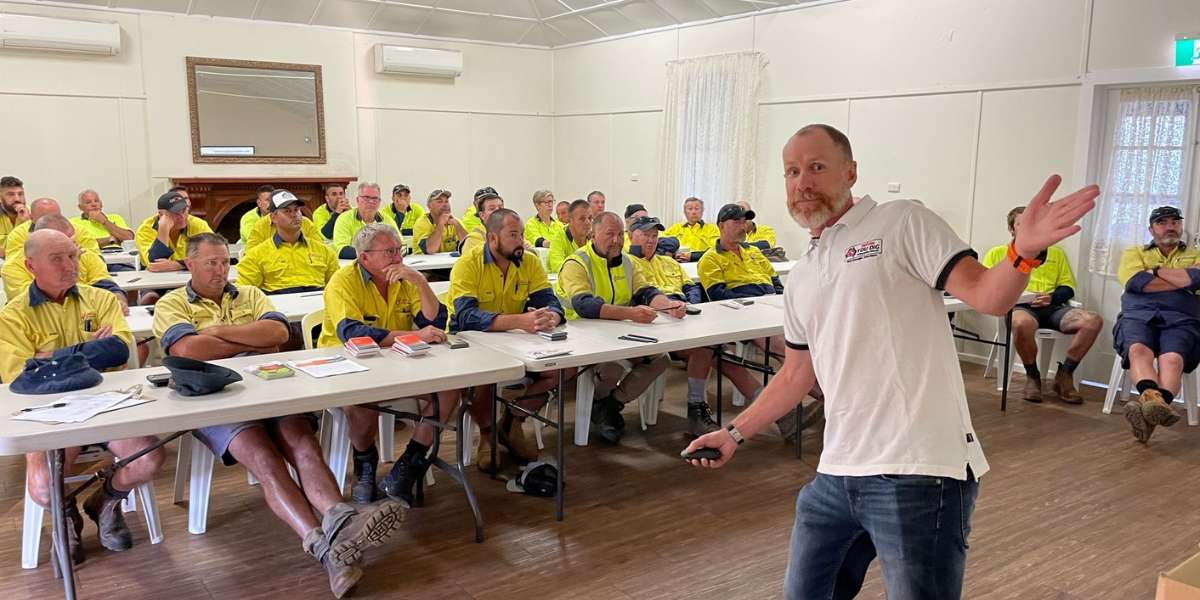
For those familiar or not so familiar with the Australian damage prevention industry, the local providers of asset owner infrastructure plans have gone through some significant changes over the last 18 months. You may have been familiar with Australia’s “Dial Before You Dig” business model that saw six separate businesses working across the country to provide what is known as the referral service – the plan exchange process between utility owners and end users to promote safe excavation and work practices. However, this model was becoming increasingly inefficient and creating disparity in USP and end user experiences, and so the six businesses made the decision to merge into a single national organization and launch as Before You Dig Australia (BYDA) on July 1, 2022
As I reflect on the last 12 months, it has been an honor to have been entrusted to lead such a significant change project, trusted not only by the BYDA board, but also team members and the industry as a whole. Personally, I am proud to say that I have learned a lot, not only about the industry, but also about myself as a leader, and of course the complexities of simultaneously merging six similar but unique businesses. It’s been a great journey and one that has seen Before You Dig recommit itself as a safety partner promoting zero damage and zero harm when it comes to working safely around underground assets.
Most significantly, our new national Damage Prevention Team has doubled down on their industry engagement across the country with an incredible 500 safety sessions delivered nationally with a collective participant number of 8,000-plus construction workers, and another 250 trade and industry events that were attended with an estimated reach of 31,575 attendees. With over 700 asset owning members, the number of users of the referral service continues to grow, and over the course of the year, the number of plan enquiries processed by the system was 2,249,180 (up by 55,000 from the previous year).
Importantly, we are at the table for various state government discussions on the emerging Digital Twin projects around the country. We have embedded the BYDA process in the first stage of the Victorian state owned Digital Twin project for public infrastructure, and have presented to the Australia and New Zealand Land Information Council regarding how BYDA can support their Commitment to the United Nations on improved mapping of utilities to protect communities.
While the year has delivered some outstanding success for the newly formed national organization, it has also identified some significant challenges for the industry. The most pressing is the need to evolve beyond the PDF when it comes to infrastructure plans. There is no doubt that this change is difficult and will require significant USP engagement and commitment, but the reality is that we cannot ignore the need to change and move into the digital landscape.
With Australian government agencies creating GIS platforms to design and manage public infrastructure projects and the broader construction sector evolving rapidly to expect digital data as the norm to manage the build and construct of projects of all scales, the humble PDF plan has a rapidly reducing life span in regard to relevancy. BYDA surveyed the top power users of the referral service, and the response was overwhelming. The demand for digital data files and reduced complexity in the supporting information was clear. So, we have some work to do! The need to lead with bravery and resilience when it comes to change continues. The next three years will see BYDA mature its digital capabilities leveraging greater GIS data and bring new planning tools to the market that imbed safety and digital data as the core of what we deliver to the Australian damage prevention industry.
